What Is A Fld Camera Filter?
In the world of photography, the tools and accessories you use can significantly impact the quality and creativity of your images. One such accessory that often piques the interest of both amateur and professional photographers is the FLD camera filter. Understanding what an FLD camera filter is, how it works, and when to use it can elevate your photography skills and help you achieve stunning results. In this article, we will delve into the intricacies of FLD camera filters, their applications, and practical tips for using them effectively.
What is an FLD Camera Filter?
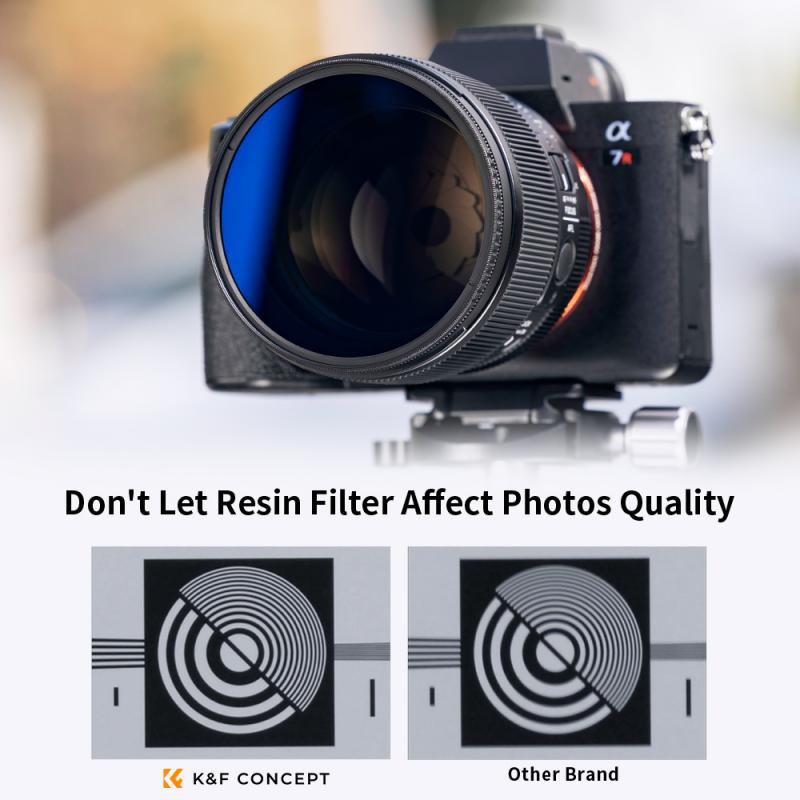
An FLD (Fluorescent Light Daylight) camera filter is a specialized lens filter designed to correct the color cast produced by fluorescent lighting. Fluorescent lights, commonly found in offices, schools, and other indoor environments, emit a greenish or bluish tint that can distort the natural colors in your photographs. The FLD filter counteracts this color cast, allowing you to capture images with more accurate and natural colors.
How Does an FLD Camera Filter Work?

The FLD filter works by selectively filtering out the wavelengths of light that cause the greenish or bluish tint associated with fluorescent lighting. When light passes through the FLD filter, it neutralizes the unwanted color cast, resulting in a more balanced and true-to-life color representation in your photos. This is particularly useful in situations where you cannot control the lighting conditions, such as indoor events or architectural photography.
When to Use an FLD Camera Filter
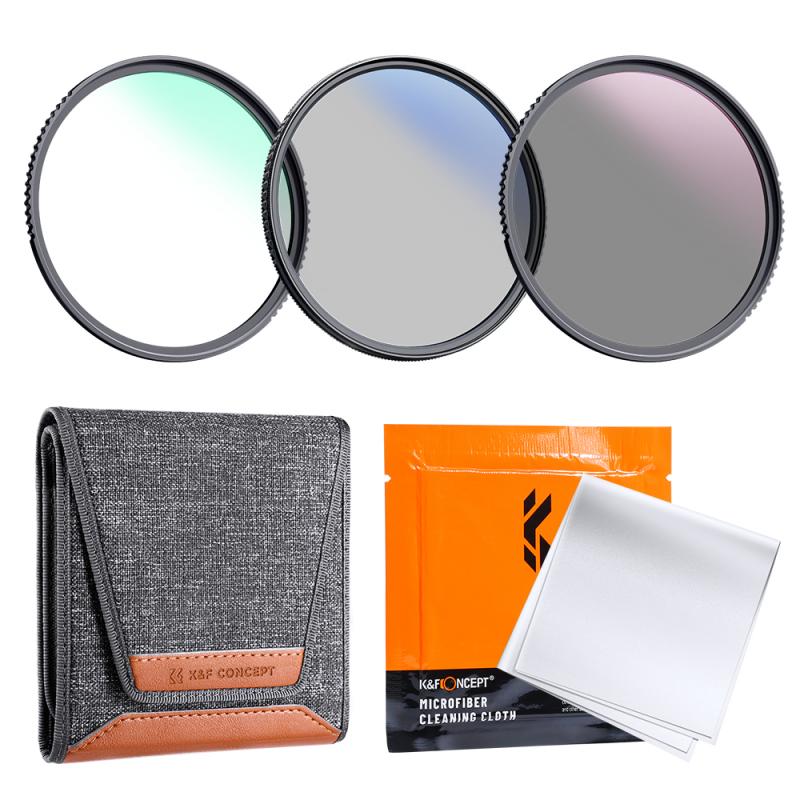
Understanding when to use an FLD camera filter is crucial for achieving the best results. Here are some common scenarios where an FLD filter can be beneficial:
1. Indoor Photography: When shooting indoors under fluorescent lighting, an FLD filter can help correct the color cast and produce more natural-looking images. This is especially useful for portraits, product photography, and event photography.
2. Mixed Lighting Conditions: In situations where there is a mix of natural and fluorescent lighting, an FLD filter can help balance the colors and ensure consistency across your images.
3. Architectural Photography: When photographing buildings and interiors lit by fluorescent lights, an FLD filter can enhance the colors and details, making the images more visually appealing.
4. Video Recording: FLD filters are also useful for video recording under fluorescent lighting, ensuring that the footage has accurate colors and does not require extensive color correction in post-production.
Practical Tips for Using an FLD Camera Filter
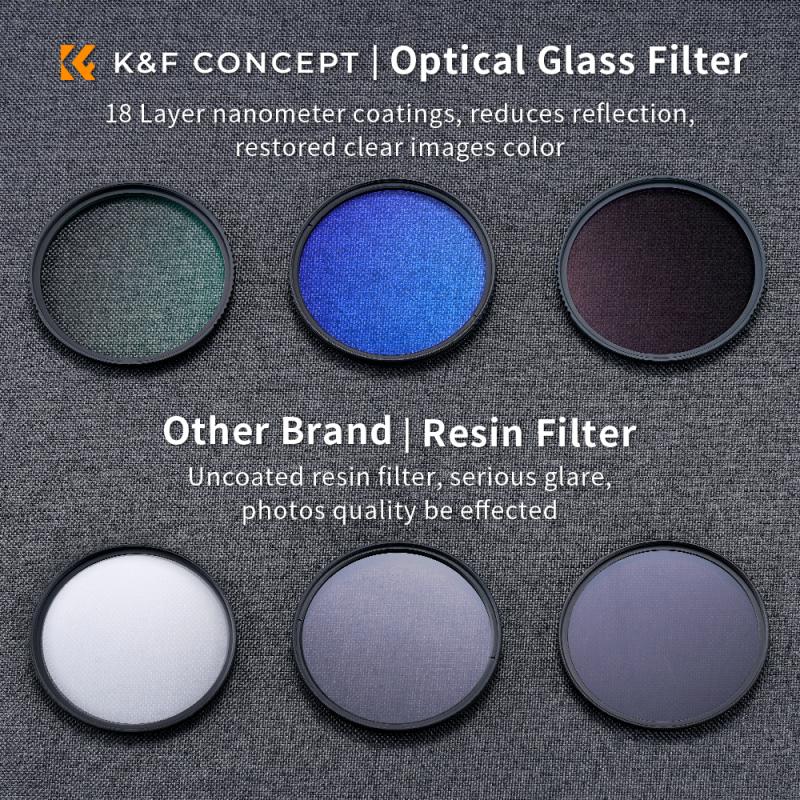
To make the most of your FLD camera filter, consider the following practical tips:
1. Choose the Right Filter Size: Ensure that the FLD filter you purchase matches the diameter of your camera lens. Using the correct filter size is essential for optimal performance and image quality.
2. Combine with Other Filters: In some cases, you may need to use multiple filters to achieve the desired effect. For example, you can combine an FLD filter with a polarizing filter to reduce reflections and enhance colors simultaneously.
3. Adjust White Balance: While an FLD filter helps correct color cast, adjusting the white balance settings on your camera can further enhance the accuracy of colors in your images. Experiment with different white balance presets or use a custom white balance setting for the best results.
4. Test and Experiment: Every lighting situation is unique, so it's essential to test and experiment with your FLD filter to understand how it affects your images. Take test shots in different lighting conditions and review the results to fine-tune your approach.
5. Post-Processing: While an FLD filter can significantly improve color accuracy, some post-processing may still be necessary to achieve the perfect look. Use photo editing software to make minor adjustments to color balance, contrast, and saturation as needed.
Advantages of Using an FLD Camera Filter
Using an FLD camera filter offers several advantages that can enhance your photography experience:
1. Improved Color Accuracy: The primary benefit of an FLD filter is its ability to correct the color cast caused by fluorescent lighting, resulting in more accurate and natural colors in your photos.
2. Reduced Post-Processing Time: By correcting color issues at the time of capture, an FLD filter can reduce the amount of time you spend on post-processing, allowing you to focus on other aspects of your photography.
3. Versatility: FLD filters are versatile tools that can be used in various indoor and mixed lighting conditions, making them a valuable addition to your photography kit.
4. Enhanced Image Quality: By neutralizing unwanted color casts, an FLD filter can enhance the overall quality of your images, making them more visually appealing and professional-looking.
In conclusion, an FLD camera filter is a valuable accessory for photographers who frequently shoot under fluorescent lighting. By understanding how an FLD filter works and when to use it, you can achieve more accurate and natural colors in your images, reduce post-processing time, and enhance the overall quality of your photos. Whether you are an amateur photographer looking to improve your indoor shots or a professional seeking to refine your craft, an FLD camera filter can be a game-changer in your photography toolkit. Experiment with different lighting conditions, adjust your camera settings, and combine filters to unlock the full potential of your FLD filter and take your photography to the next level.





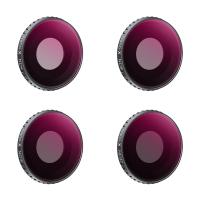

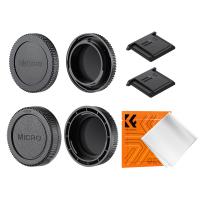
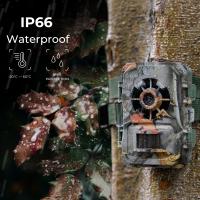
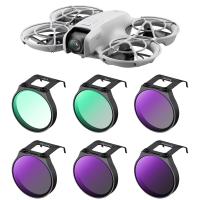


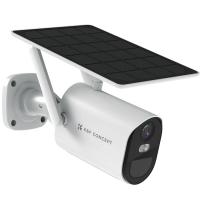

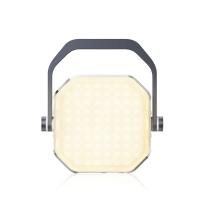
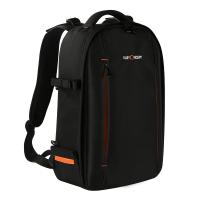
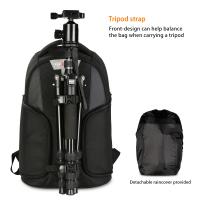
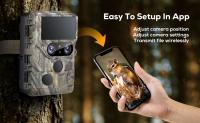
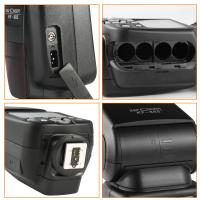
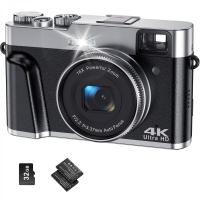
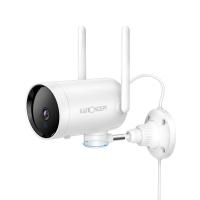
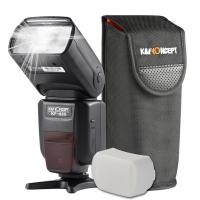


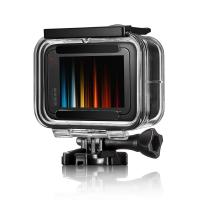
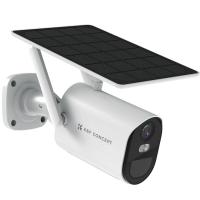
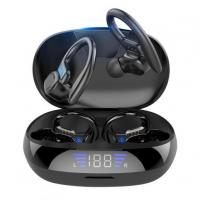
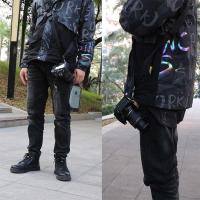
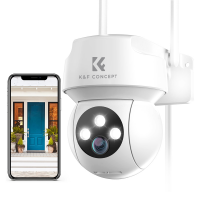
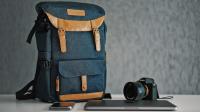

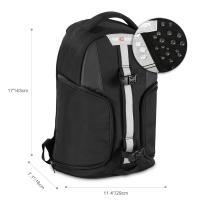

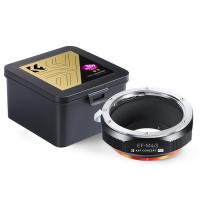


There are no comments for this blog.